Find Out Why Lyme Disease Might Not Ever Go Away
Lyme disease is a curable ailment. In fact, if caught in the early stages, it can be cured within a few weeks’ time. Even so, Lyme infection can result in a chronic condition. Not everyone afflicted with Lyme disease will be cured.
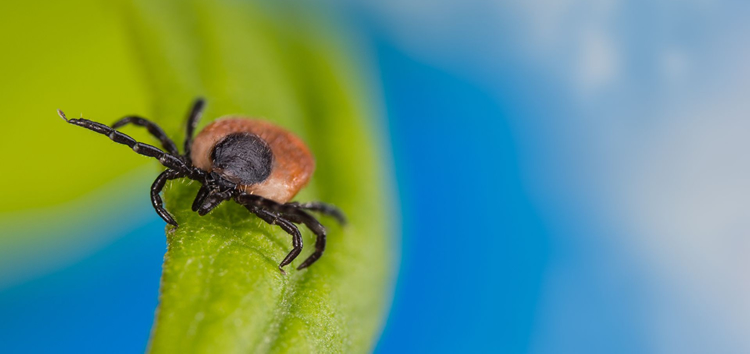
Why Lyme Disease Might Not Ever Go Away
There are millions of people who have been diagnosed with chronic Lyme disease. However, there is no way of knowing how many people today are carriers, who never got sick. This is because many people never show symptoms of the infection in the first place. A study conducted by the CDC found that only 33% of infected people reported experiencing a single symptom.
Also read: Does Lyme disease have a season?
Signs and symptoms of Lyme disease
- A red bull’s eye rash that expands and fades after a few weeks.
- A flu-like headache.
- A fever that can feel like a mild infection.
- A swollen and migratory joint pain.
- Tingling and numbness in the hands, feet and/or other parts of the body.
- Fatigue and memory loss.
Treating Lyme disease: What to do
- People with early-stage Lyme disease can be treated with antibiotics.
- People who experience persistent symptoms after antibiotic treatment can be treated again.
- People who experience long-term symptoms, such as fatigue or joint pain, should seek medical help right away.
Tick control is key to Lyme disease prevention
Avoiding ticks is the best way to avoid contracting any tick-borne illness. At home, professional tick control through periodic barrier protection sprays, will help you avoid ticks.
- Prevent ticks from attaching to your skin by using insect repellent and wearing protective clothing.
- Inspect your body for ticks after being outdoors, and remove them as soon as you see them.
- Keep your yard mowed so that ticks have fewer places to hide.
- Prevent mice and other rodents from entering your home.
- Prevent your pets from bringing in ticks.
What to do if you’re bitten by a tick
- Remove the tick as soon as possible.
- Wash the bite area with soap and water.
- Seek medical attention if symptoms worsen, such as a fever, joint pain, rash, or severe fatigue.


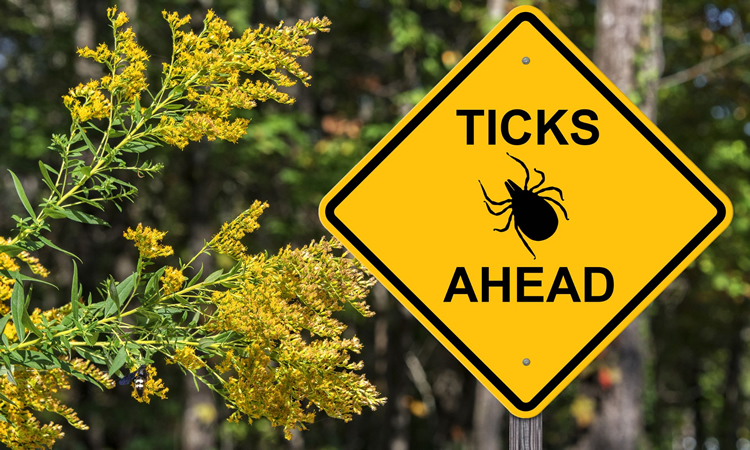
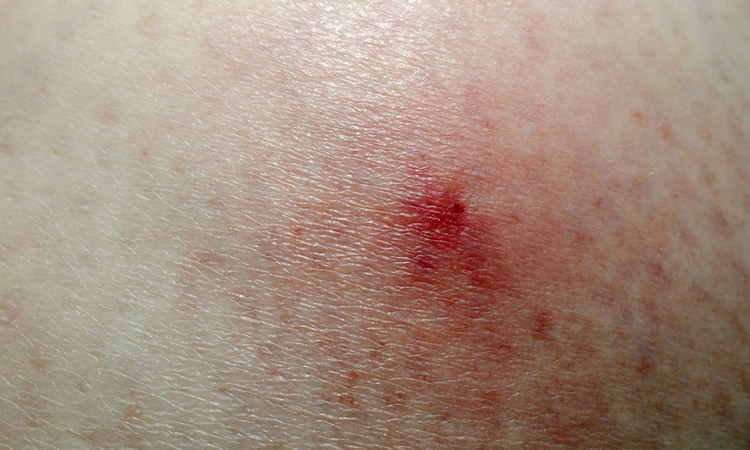
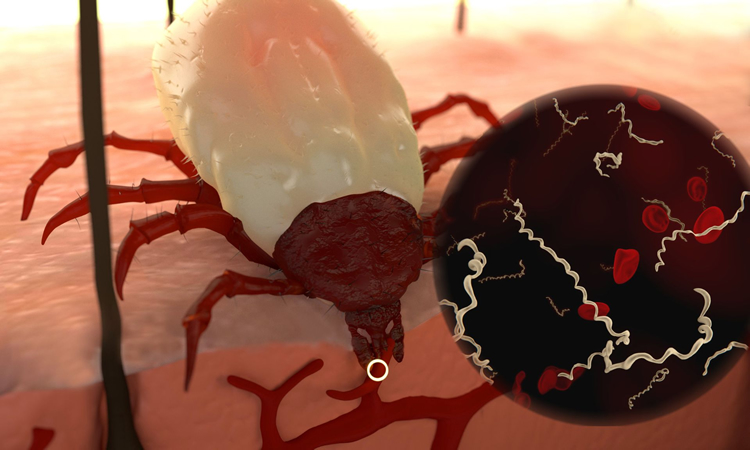

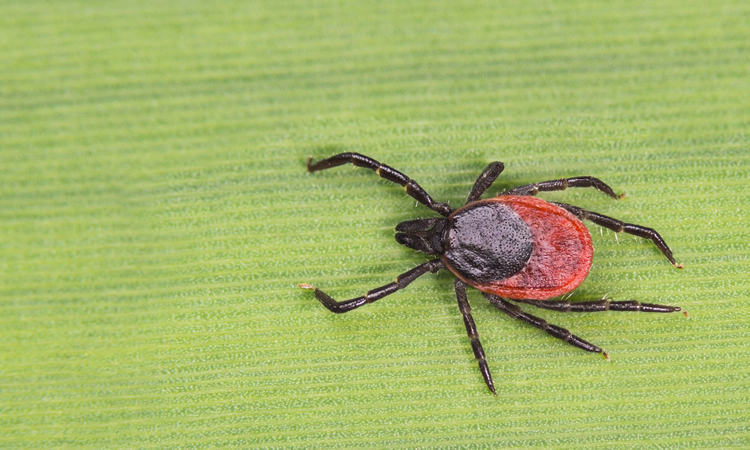
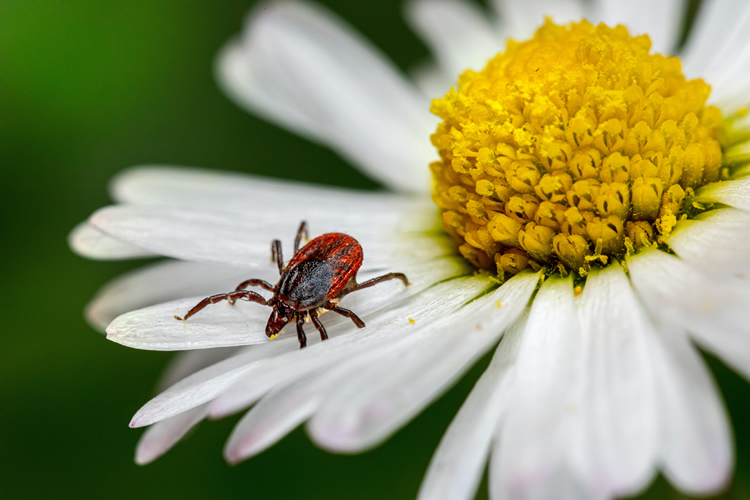
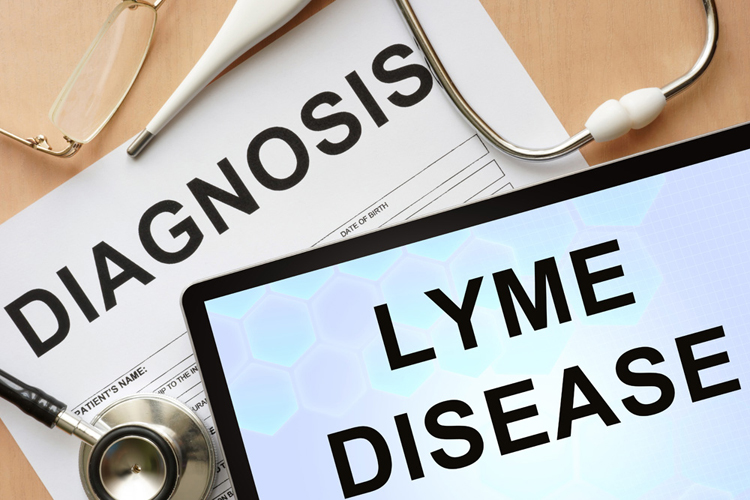

 As with COVID-19, we must take preventive measures in order to lower our chances of contracting Lyme disease. Unlike COVID-19, there is no Lyme vaccine for humans. Our prevention methods rely on tick bite prevention. The most important elements of prevention are personal tick protection and professional
As with COVID-19, we must take preventive measures in order to lower our chances of contracting Lyme disease. Unlike COVID-19, there is no Lyme vaccine for humans. Our prevention methods rely on tick bite prevention. The most important elements of prevention are personal tick protection and professional 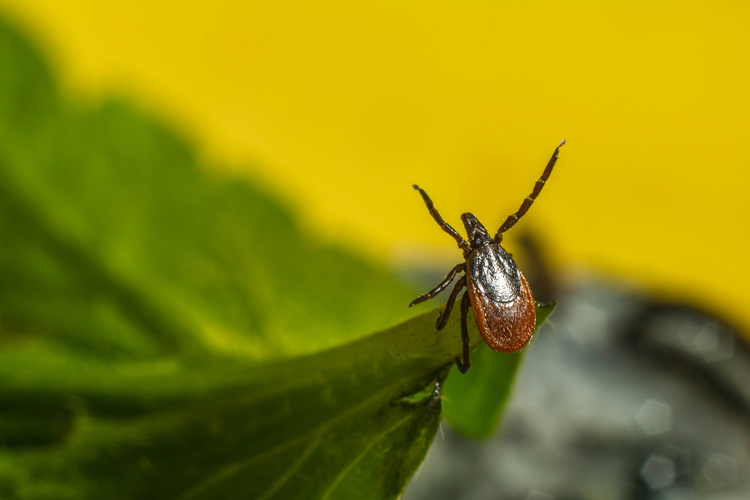
 There is no reason to stop your tick control efforts with the change of season. There are a lot of reasons that you should never halt tick control around your home and property. To name a few: Lyme disease, Babesiosis, Rocky Mountain spotted fever, Powassan disease, Tularemia.
There is no reason to stop your tick control efforts with the change of season. There are a lot of reasons that you should never halt tick control around your home and property. To name a few: Lyme disease, Babesiosis, Rocky Mountain spotted fever, Powassan disease, Tularemia.
